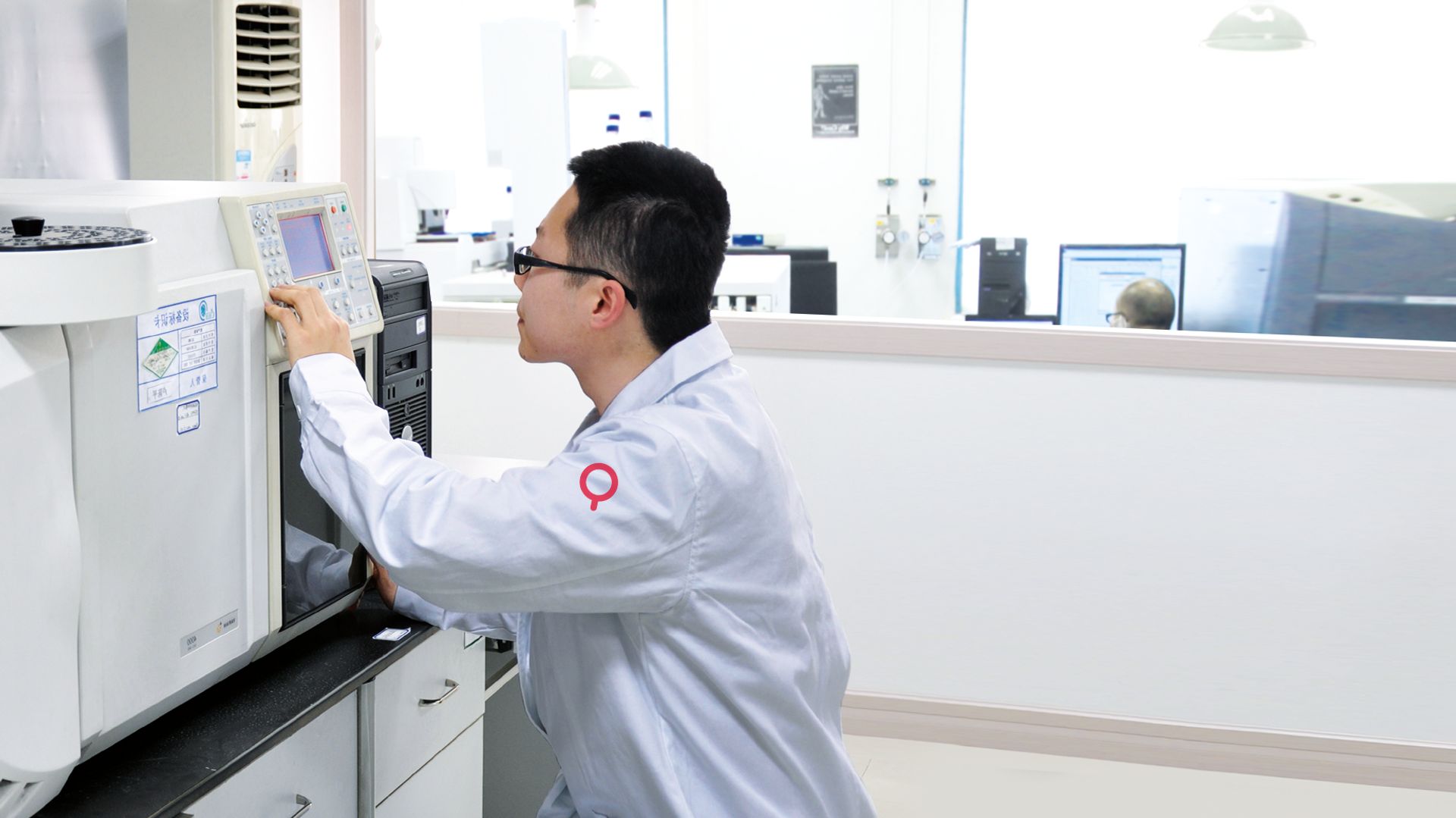While brands and manufacturers meet these consumer demands with varying success, regulatory bodies work hard to ensure consumer safety without unduly complicating life for businesses. One leading example of such work the RoHS (Restriction of Hazardous Chemicals) directive, falls under the umbrella of CE marking--which, for over thirty years now, has worked to streamline the process of obtaining and maintaining EU compliance standards across a broad range of products.
For Electrical Equipment and Electronics (EEE) to be legally manufactured or sold in the EU, they must observe RoHS requirements. In particular, RoHS restricts the use of six hazardous substances in the manufacturing of all EEEs, and as of July 2019, this list will be officially expanded to include four types of phthalates.
Challenges for the Producer
Just like in the case of other similar EU directives specific to industry, responsibility falls on the production company to compile the necessary documents required for RoHS certification.
Need more information?
By contacting QIMA you agree to our privacy policy and terms and conditions.
If you are a smaller, single-entity or single-factory company with a day-to-day understanding of how your product is being made, you may already have a level of confidence concerning the compliance of your product.
However, if your electronics are like most--rapidly growing in sophistication--it is more likely you depend on overseas factories to manufacture various component parts.
Regardless the size of your company, here is what is required for RoHS certification:
Documentation, Documentation, Documentation
You must have a general description of your product.
A designated EEE category which your product falls under -- Category 1 for LHA (Large Household Appliances); Category 3 for Communications and computing equipment; etc. Note that there could be an exemption applied to your product depending on its category and purpose.
Technical documents showing compliance for all materials at the homogenous level, including provided adjustment tools and packaging.
Documents correlating substance information with their intended use.
A list of harmonized standards used to establish your data.
Documentation requirements sound straightforward, but consider the details and components that an average EEE product is made up of. It is important to consider each assembled piece in terms for its component parts: for example, a semiconductor package as six different homogeneous pieces, each requiring detailed analysis.
Obtaining Data Across the Supply Chain
For companies manufacturing their component parts overseas, it is acceptable practice to utilize technical documentation provided by the factory or factories within your supply chain for RoHS compliance. This is a much more realistic way of obtaining your required data compared to testing everything post-assembly.
However, this brings us to your relationship with your supply plant. There always exists a chance that the factory may be negligent, or even dishonest -- and the risks associated with that are high enough that it is wise to utilize a Third-party verification service that is independent of your manufacturer and guaranteed to be on the same page with your interests.
Establishing Good Production Habits
Well before your slated EU-authority product testing, QIMA can help you prepare, implement and comply with RoHS regulations. Providing your suppliers with the proper training and expectations is the surest way to not only obtain RoHS compliance, but maintain it. The right preparation will also ensure that all required documentation is accounted for.
Once your selected plants begin production, QIMA can integrate lab testing for RoHS compliance into your on-site inspections. The sample for the test is pulled straight from the factory floor, therefore ensuring that it represents your actual production run, instead of being a “perfect” sample that the factory owner would prefer you test.
Whether or not your product is meant for the EU market, staying on top of your supply chain's daily production will help your company thrive. The RoHS directive is more than an EU standard: it is setting a new global standard which countries like the United States and Japan are emulating.
Easily Schedule Your RoHS Compliance Tests Online
Our online platform and mobile application make it easy for you to schedule RoHS Compliance tests and receive your results at any time. Book new tests, view pending orders, and access results from your mobile device. Our online platform provides valuable supply chain insights, including a summary of your QC activity, all of your supplier’s quality stats, industry benchmarking data, and more.
Get Started: Login or Create Your Account
QIMA Benefits
Global coverage in over 100 countries in Asia, Africa, Europe, North and South America.
Flexibility with fully customizable programs and reports to save time and cost.
Risk-based approach with analytical data to help you proactively identify and prevent quality and safety issues in your supply chain.
Fully certified and accredited to all major inspection, audit, and testing schemes.
Custom dashboard to identify trends and make informed decisions in real time.
Personalized service with dedicated account manager and 24-hour customer support.
Ranked #1 in the industry for customer satisfaction based on independent NPS measurement.




